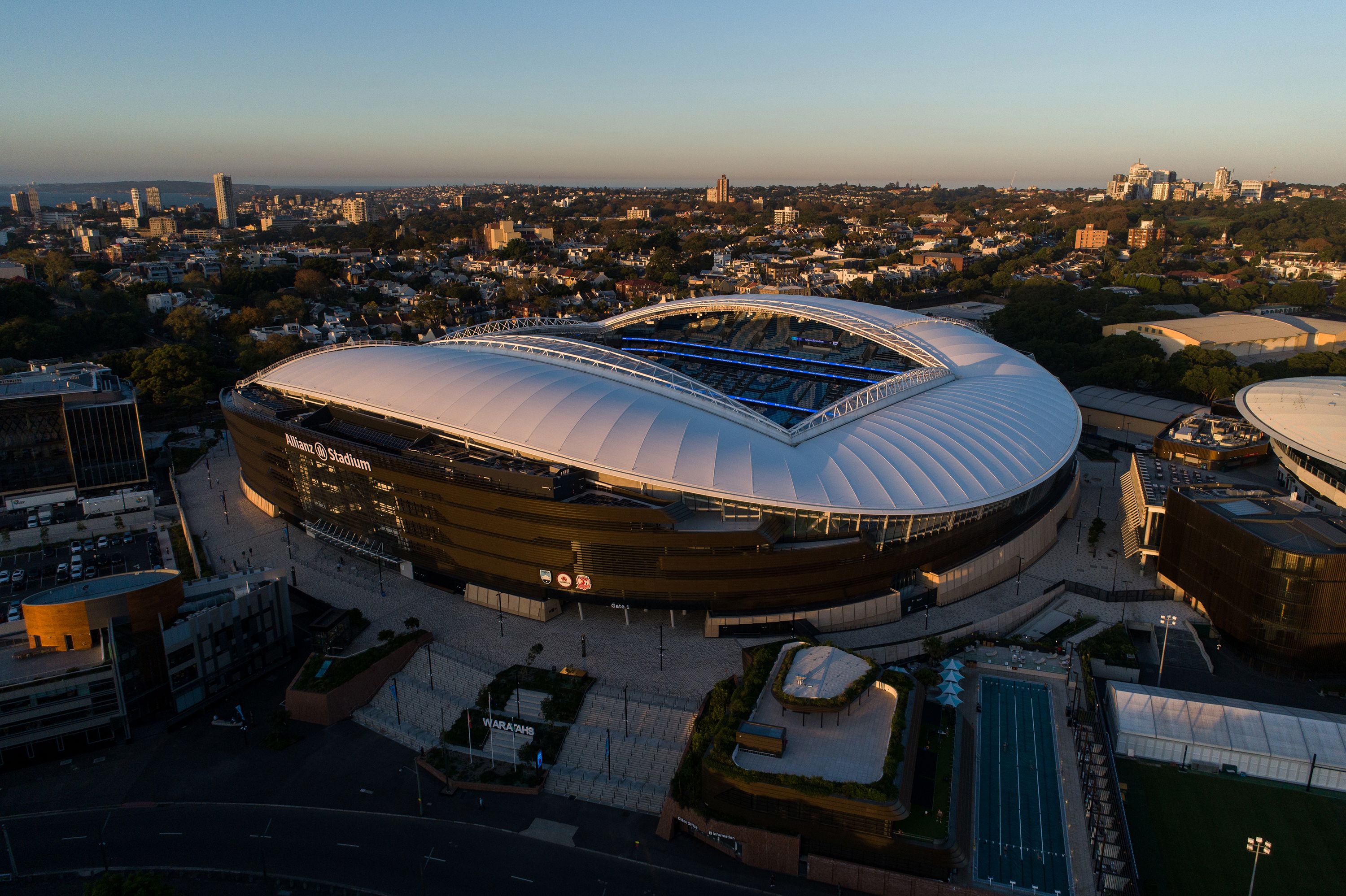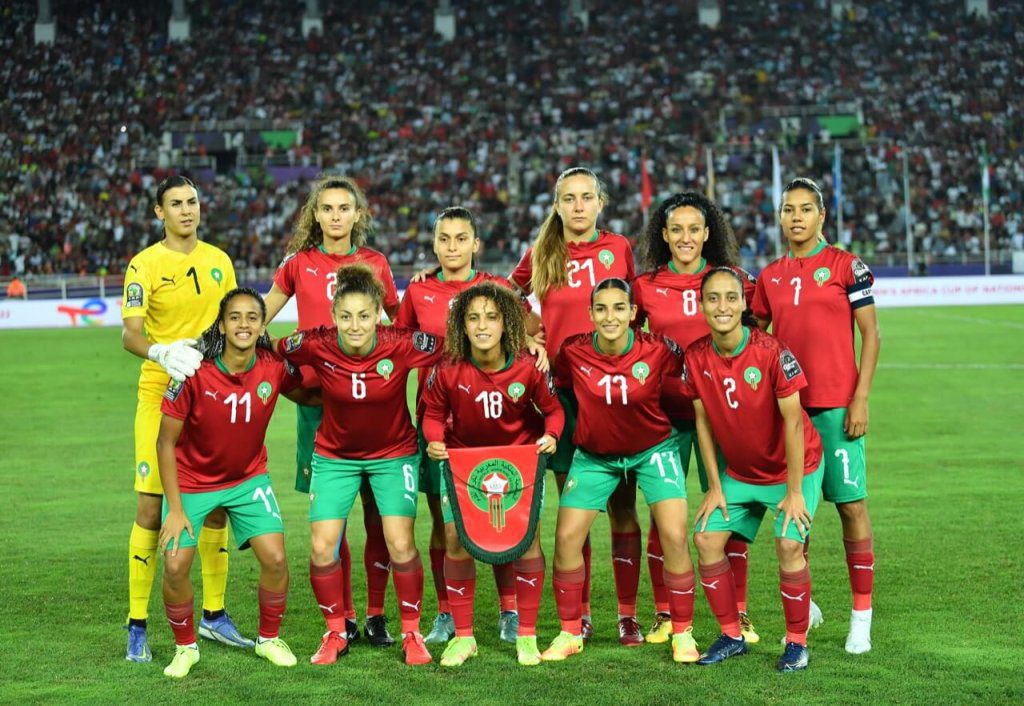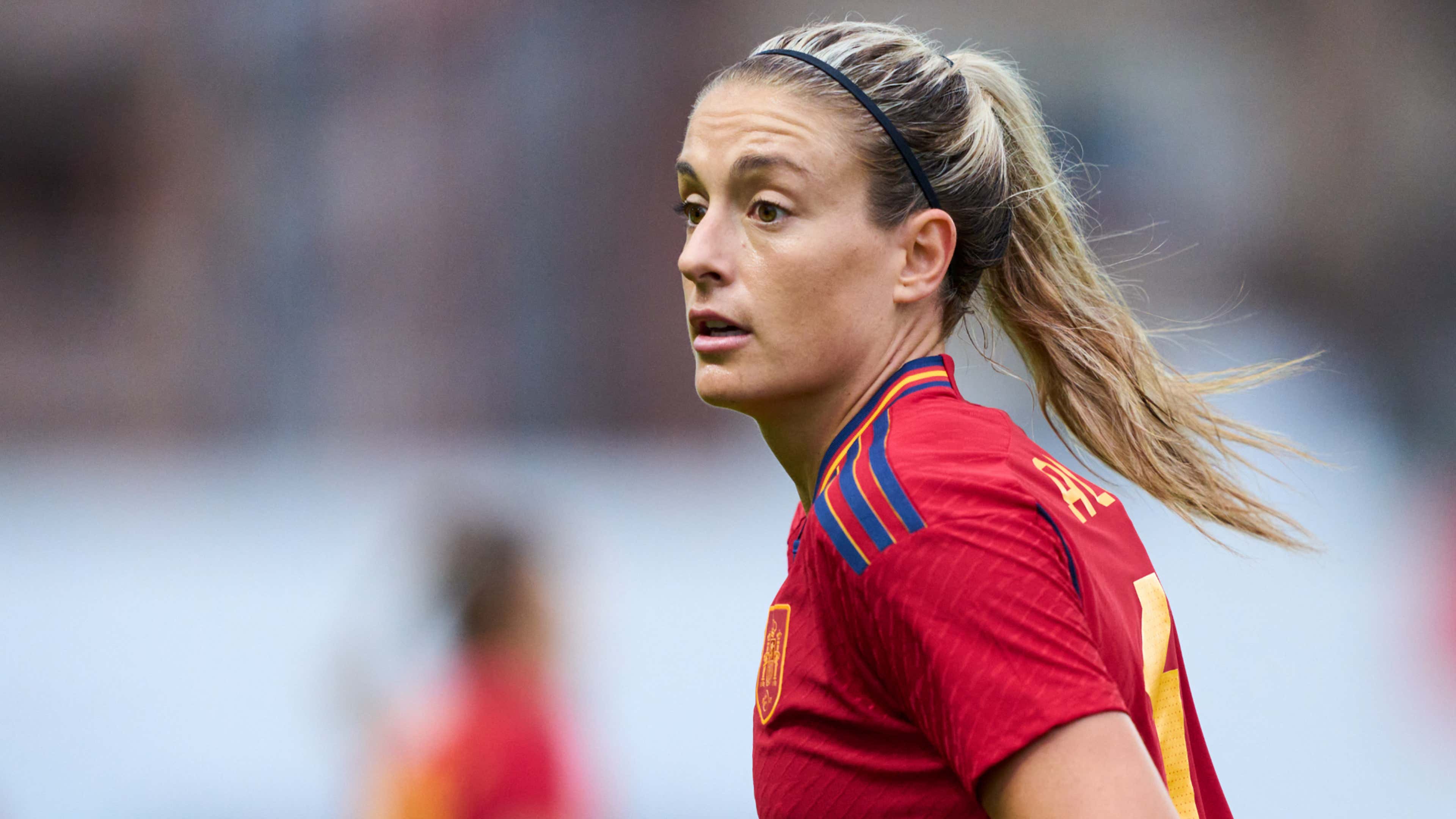Between July 20 and August 20, the ninth edition of the FIFA Women’s World Cup will get underway in Auckland on Thursday, July 20 as co-hosts New Zealand takes on Norway.
32 teams will compete across 64 matches at 10 different venues, making this year’s tournament the biggest to date.
The Ghana Report takes a dive into what to know and to expect as this year’s tournament kicks off on Thursday, July 20.
1.Unlike the men’s World Cup, which had Italy winning back to back in 1934 & 1938 and Brazil in 1958 & 1962, the US Women’s National Team (USWNT) arrives as the only two-time defending champion in 2015 and 2019.
They are arguably the favourites to win an unprecedented third consecutive title and a record-extending fifth overall.
.jpg?auto=webp&format=pjpg&width=3840&quality=60)
2.For the first time ever, the Women’s World Cup will be hosted across two countries.
Australia and New Zealand are the two host nations.
Games will be held in six stadia across Australia – in Brisbane, Adelaide, Perth, Melbourne and Sydney – and four in New Zealand – in Dunedin, Auckland, Hamilton and Wellington.
The final is set to be held in Sydney’s 81,500-capacity Stadium Australia.
Last month, ticket sales for the tournament overtook the previous edition held in France, making this likely to be the most attended standalone women’s sporting event in history, according to governing body FIFA.

3. For the first time, a record 32 teams will take part in the 2023 FIFA Women’s World Cup, eight more than the previous two editions.
That includes some familiar faces – the United States, two-time champion Germany, European champion England and 2019 runner-up Netherlands – as well as eight teams making their debuts: Haiti, Morocco, Panama, the Philippines, Portugal, the Republic of Ireland, Vietnam and Zambia.

4. Who are the favourites?
Sports data companies like Sports Radar, Gracenote and Oracle have tipped the US as the favourite to win the tournament with an 18% chance of success.
However, this year’s edition promises to be a tighter affair, with Sweden and Germany both given an 11% chance of winning by Gracenote, France a nine per cent chance, and England, Spain, and Australia all an eight per cent chance.

This broadly reflects the FIFA women’s rankings, which currently has the US, Germany, Sweden, England and France as the top five teams in the world.
5. Players to watch
For some veterans of the women’s game, this tournament will mark the end of an era.
Brazilian superstar Marta, 37, is set to end her international career with her sixth world cup, having scored a record 17 Women’s World Cup goals, while the USWNT’s Megan Rapinoe scoring 9 goals has also announced that she will retire after what will be her fourth and final World Cup.

At 34, Alex Morgan is also among the senior players in the US squad and is joined by young forwards Trinity Rodman, Sophia Smith and Alyssa Thompson, all looking to make an impression during their World Cup debuts.
Spain’s Alexia Putellas is a back-to-back Ballon d’Or Féminin winner – awarded to the best player in the women’s game – and earlier this year made a comeback from an anterior cruciate ligament (ACL) injury.

Australia and Chelsea forward Sam Kerr will be carrying the expectations of a nation as the star player for the Matildas and the team’s top scorer with 62 goals.
This tournament is likely to present Australia’s best chance of getting beyond the quarterfinals of a Women’s World Cup for the first time and captain Kerr is at the heart of the home nation’s grand ambitions.

Two other Barcelona stars – England midfielder Keira Walsh and Nigerian striker Asisat Oshoala – will both also be crucial for their nations’ chances.
Ada Hegerberg, the inaugural Ballon d’Or Féminin winner in 2018, is part of a talented Norwegian team alongside Caroline Graham Hansen, while Wendie Renard (France), Pernille Harder (Denmark) and Alexandra Popp (Germany) are all expected to feature prominently for their countries.
6. How much is the prize money?
FIFA has announced that prize money for the tournament will increase to $110 million.
A further $31 million has been awarded to teams for preparations and $11 million to clubs for their players.
The $110 million prize money is a nearly three-fold increase on the 2019 figure and almost seven times more than in 2015, but still considerably lower than the $440 million total prize money awarded at the men’s World Cup in Qatar last year.
FIFA president Gianni Infantino said earlier this year that he hopes the 2026 men’s and 2027 women’s World Cups will have equal prize money.
7. Who faces who in the group stage?
There are eight groups of four teams with the top two from each group progressing to the round of 16. Group B has been tipped as the group of death.
Group A:
New Zealand
Norway
Philippines
Switzerland
Group B:
Australia
Republic of Ireland
Nigeria
Canada
Group C:
Spain
Costa Rica
Zambia
Japan
Group D:
England
Haiti
Denmark
China
Group E:
United States
Vietnam
Netherlands
Portugal
Group F:
France
Jamaica
Brazil
Panama
Group G:
Sweden
South Africa
Italy
Argentina
Group H:
Germany
Morocco
Colombia
South Korea



